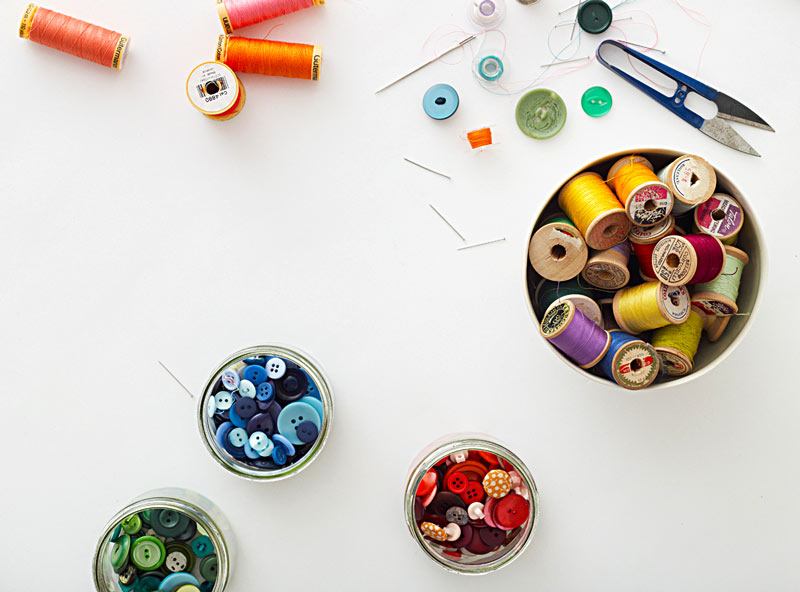Sewing Material Details
As I mentioned yesterday, the construction of this dress is more complex
than meets the eye. To give the bodice structure, it's boned along the
darts and sides (on the lining). There's a waist stay (a grosgrain
ribbon fitted snugly around the waist) to keep the bodice where it's
supposed to be, and to support the weight of the skirt drape as well.
Because the dress sits slightly off the shoulders, the waist stay also
helps anchor the bodice so the sleeves don't slip off or ride up. The
boning and the waist stay work together to these effects.
The pattern envelope calls for fabric for lining/underlining. What does that mean, you may ask? Great question. The bodice is lined traditionally. However, the skirt is underlined with lining fabric, meaning the fashion fabric and the lining fabric are hand basted together and treated as one. The underlining helps give body to the skirt pleats (underneath the drape), and also hides the hemming stitches. The fabric I used in the sample is a hot pink silk crepe-back satin, and it's almost impossible to hide hemming stitches without an underlining.
The pattern envelope calls for fabric for lining/underlining. What does that mean, you may ask? Great question. The bodice is lined traditionally. However, the skirt is underlined with lining fabric, meaning the fashion fabric and the lining fabric are hand basted together and treated as one. The underlining helps give body to the skirt pleats (underneath the drape), and also hides the hemming stitches. The fabric I used in the sample is a hot pink silk crepe-back satin, and it's almost impossible to hide hemming stitches without an underlining.
Sewing Material
Sewing Material
Sewing Material
Sewing Material
Sewing Material
Sewing Material
Sewing Material
Sewing Material
Sewing Material
Sewing Material
Sewing Material
Sewing Material
Sewing Material
Sewing Material
Sewing Material
Sewing Material
Sewing Material
Sewing Material
Sewing Material
Sewing Material




















No comments:
Post a Comment